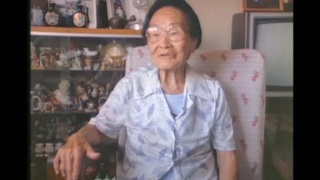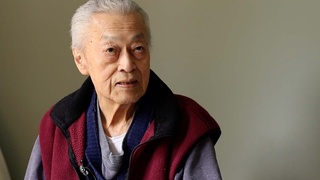Interviews
Racial make-up of plantation camps
We lived in segregated camps. We lived in Japanese camp. And there was an Okinawan camp near the church area. And there was a small area especially for Korean. They call it Korean camp up on the hill. There were only about seven families.
And then, on the other side of town, there was the August (?) school. Near that school was Spanish camp, Puerto Rican camp and Filipino camp. And every morning on the way to school, we could see... you know, the Filipino people loved to participate in fighting chickens. On weekends, it was a big gathering. So from a young period, we were exposed to watching the cock fights.
There was in the corner, back of us, there were a group of bachelors, about a dozen Filipino bachelors. In those days, Filipino men came without their wives. They weren’t allowed a bring a woman in, so only bachelors. I found out later that because they work for the railroad gang, they were put specifically in the Japanese camp. They were only ones living in the Japanese camp. And so, that was really unusual. So every time there was something wrong with the railroad track, they could immediately report to work.
Date: February 19, 2004
Location: Hawai'i, US
Interviewer: Lisa Itagaki, Krissy Kim
Contributed by: Watase Media Arts Center, Japanese American National Museum.






